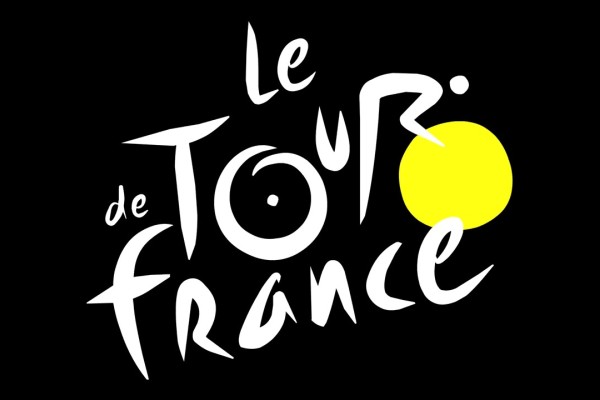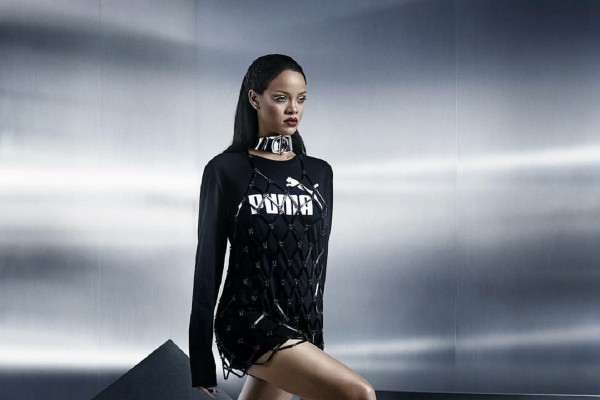Chanel vs Huawei: 90º rotation is not an option!
On 21 April 2021, in Luxembourg, the General Court of the European Union dismissed the opposition action brought by Chanel against the registration of a Huawei trademark on the ground that the device trademarks at issue are not similar.
Herein the two contenders:

Huawei Technologies applied for registration of a device trademark at issue with the European Union Intellectual Property Office (EUIPO) and designated goods for computer hardware on 26 September 2017.
On 28 December 2017, Chanel brought an opposition action against Huawei’s trademark application based on the ground that Huawei’s trademark is similar to Chanel’s prior trademarks for perfumes, cosmetics, costume jewellery, leather goods and clothes.
On 28 November 2019, the EUIPO rejected Chanel’s opposition action given that Huawei’s trademark is not similar to Chanel’s prior trademarks, and there was no likelihood of confusion among relevant consumers.
Chanel appealed to the General Court, but again got dismissed. The General Court held that the central issue of the case is the similarity degree of both party’s trademarks, and “the marks at issue must be compared in the form in which they are registered and applied for, irrespective of any possible rotation in their use on the market.”
The Court concludes that although the marks at issue share some similarities, there exist significant visual differences, especially that the Chanel trademarks have a horizontal orientation, while the Huawei trademark is vertical.
This case further confirms that the EUIPO and the General Court’s attitude that the similarity degree of trademarks at issue is decided by the signs as applied to the EUIPO, and the use or possible use of the trademark in practice is less relevant.
Luxury brands are generally more aggressive for brand protection rather than other industries because the high price of luxury goods relies more on the premium brought by the brand itself rather than the value of the product itself.
After the publication of the decision, consumers are joking that the next target of Chanel might be Audi and Under Armour.

欧盟普通法院于2021年4月21日在卢森堡以涉案商标不近似为由,驳回香奈儿公司对华为商标提起的异议。

早在四年以前,华为技术有限公司(华为公司)就向欧盟知识产权局提出了商标申请注册,指定计算机硬件商品。
2017年12月28日,香奈儿公司就华为公司的商标申请提出异议申请,理由是华为的商标与香奈儿的在先商标近似。香奈儿的在先商标指定商品为香水、化妆品、服装、珠宝、皮具和服装。
欧盟知识产权局于2019年11月28日驳回了香奈儿公司的异议申请,理由是华为的商标与香奈儿的在先商标并不近似,且相关消费者不存在混淆的可能。
香奈儿向欧盟普通法院提起上诉,但被驳回。欧盟普通法院认为,本案的核心问题是双方商标的相似程度,“涉案商标是否近似应根据其注册和申请的形式进行对比,而不应考虑其在市场上是否可能有其他使用形式。”
法院的结论是,尽管涉案商标有一些相似之处,但在双方商标在视觉上存在显著差异,特别是香奈儿的商标是水平方向的,而华为的商标是垂直方向的。
此案进一步确认了欧盟知识产权局和欧盟普通法院的态度,即所涉商标的近似程度取决于提交至欧盟知识产权局的商标图样,而与商标在实践中的使用或可能使用的形式无关。
与其他行业相比,奢侈品品牌通常会更积极地进行品牌保护,因为奢侈品的高价更多地依赖于品牌本身带来的溢价,而非产品本身的价值。
该判决公布后,一些消费者戏称,香奈儿的下一个目标可能是奥迪和 Under Armour。



